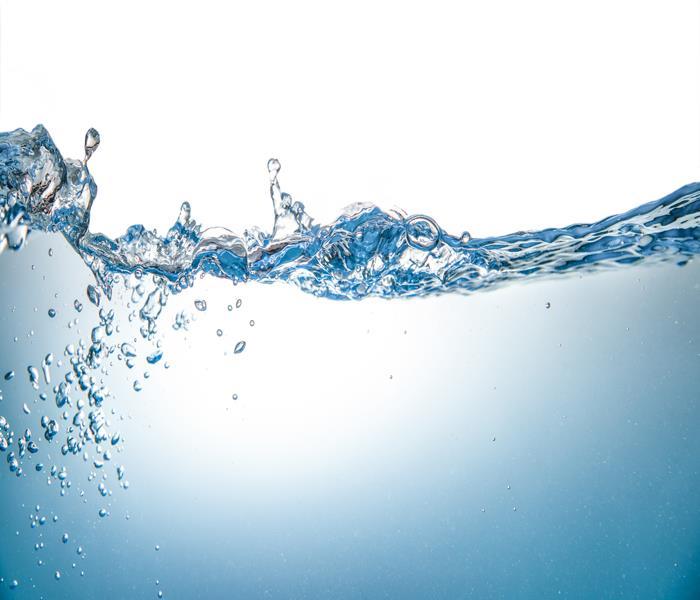Tips for Drying Out a Water Damaged Home or Building
1/29/2016 (Permalink)
Tips For Drying Out A Water-Damaged Home or Building
Before beginning to dry out your home or building remember that safety is important.
Tips For Drying Out A Water-Damaged Building
After large amounts of water enter a home or building, many steps must be taken to remove the moisture in order to begin repairing any damage the water may have caused.
Water Damage can affect a home or building in a variety of different ways. It can cause damage to materials, such as wood and wallboard, and it can cause electrical materials to short out, which leads to fires.
Before beginning to dry out your home or building, remember that safety is important. Take steps to ensure that you will not harm yourself and any other residents. Be sure to turn off the power to your house or building. Also, check for any odor of gas that may be leaking, and be sure to turn off any gas appliances you may have. Have a professional assess the damage if you have any questions regarding your safety or feel unsafe entering your home. Don’t enter your home or building if you feel uneasy about the safety of the structure.
Additionally, before starting the cleanup process, take photographs of the damage. This will be helpful when communicating with your insurance company. Additionally, you should make any necessary repairs to roofs and windows so that you can prevent any additional water from entering. These repairs should only be temporary, and you should plan on them lasting for about 6 months. To make temporary repairs, you can use tarpaulin, 30- or 90-pound felt paper, or plywood covered with tarpaper.
You should begin drying out your home in the attic. If your insulation has gotten wet, remove it and replace it. Once it is wet, most insulation becomes ineffective. Next, remove any items in your attic that have been soaked by the water. Wet boxes can cause the ceilings from the floor below to crack. Open any windows and vents in the attic to allow the space to air out. You can also turn on fans to aid in airing the attic out, but be cautious in doing so if you are concerned about your electrical system.
When beginning the process of drying your structure, inspect the ceilings in each of your rooms carefully. Look out for bulging ceilings that may be holding water. If a ceiling is bulging, poke holes in it and collect the water in a bucket. However you may have to look up the year of your structure so as not to disturb asbestos or lead paint.
To aid in the drying process, you should remove any furniture or carpets that may be saturated with water. Removing these items reduces the level of moisture within the home. Also remove any sheet vinyl or linoleum flooring to allow the floors to dry better. You may notice the floorboards warping as they begin to dry. You can use weights on the floors during the drying process to reduce the amount of warping. Additionally, be sure to remove any insulation from beneath the floorboards to allow the air to circulate through the home.
Drying out your home after a flood can be a slow process. It takes time for all of the water to evaporate, but if you follow these steps, your home will be dry in no time.
The Water Damage Restoration Process
Every water damage event is a little different and requires a unique solution, but the general process stays the same.
The restoration process begins when you call us. Our representative will guide you through the crisis and may ask several questions to help us better understand the equipment and resources.
Step 2 - Inspection and Water Damage Assessment
We determine the scope of your water damage at this stage. We inspect and test to determine the extent of damage and how far the moisture has traveled to ensure proper and complete restoration.
Step 3 - Water Removal / Water Extraction
The water removal process begins almost immediately and removes the majority of the water. We use powerful pumps and vacuum units to quickly remove hundreds or thousands of gallons from your property, which helps prevent secondary water damage and mold growth.
Step 4 - Drying and Dehumidification
We use specialized equipment to remove the remaining water that is harder to access. Our Professionals will use room measurements, temperature, and relative humidity to determine the optimal number of air movers and dehumidifiers needed to dry your home or business.
Step 5 - Cleaning and Sanitizing
We clean all of the restorable items and structures damaged by the water. We are adept at cleaning contents using a number of techniques. Our professionals are trained to provide sanitizing treatments and to remove odors and deodorize your property.
Restoration is the process of restoring your home or business to its pre-water damage condition. Restoration may involve minor repairs, such as replacing drywall and installing new carpet, or may entail major repairs, such as the reconstruction of various areas or rooms in a home or business.





 24/7 Emergency Service
24/7 Emergency Service
